
When Do Hotels Charge Your Credit Card? [2022]
Are you trying to figure out when exactly the hotel is going to charge your credit card for your next hotel stay? Well, unfortunately the answer is not always so

Are you trying to figure out when exactly the hotel is going to charge your credit card for your next hotel stay? Well, unfortunately the answer is not always so
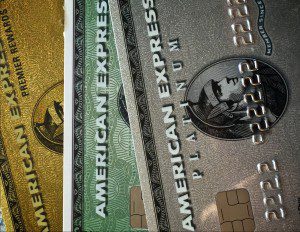
One of the first questions that people tend to have before jumping on new credit cards is whether or not their credit score is going to be hurt if they
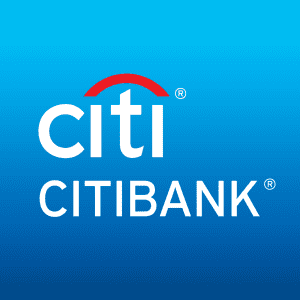
Each bank has their own rules and restrictions for applying for new credit cards. Some can be a little confusing, while others are more straight forward. I’d put Citi closer
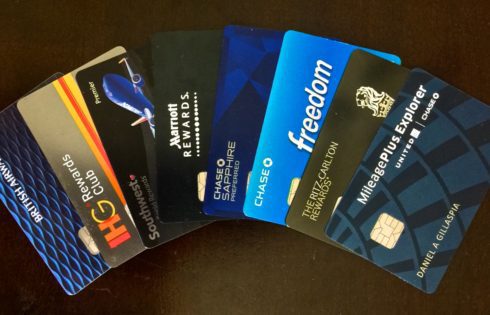
[Offers contained within this article may no longer be available] This is another article that is part of the multi-part MTH (“Make Travel Happen”) series designed to provide beginners with

Offers contained within this article maybe expired. There are a number of credit cards that offer airport lounge access, but they all come with pretty hefty annual fees (which are
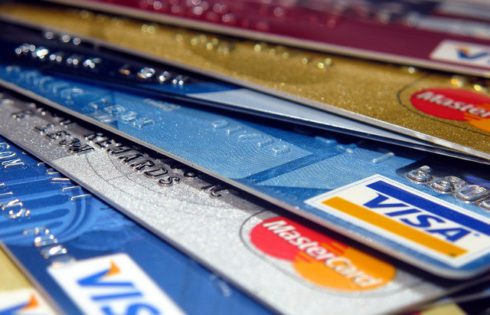
Note: This article contains outdated information — will be updated. Jumping into the game and choosing your first travel credit card can be a bit of an overwhelming experience, especially
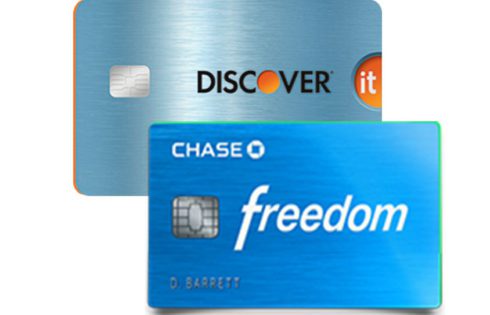
[This article contains expired offers] There are two Discover it® cards and two Chase Freedom cards available. For this comparison, I’m going to compare the Discover it® cash back card with
| Cookie | Duration | Description |
|---|---|---|
| cookielawinfo-checkbox-analytics | 11 months | This cookie is set by GDPR Cookie Consent plugin. The cookie is used to store the user consent for the cookies in the category "Analytics". |
| cookielawinfo-checkbox-functional | 11 months | The cookie is set by GDPR cookie consent to record the user consent for the cookies in the category "Functional". |
| cookielawinfo-checkbox-necessary | 11 months | This cookie is set by GDPR Cookie Consent plugin. The cookies is used to store the user consent for the cookies in the category "Necessary". |
| cookielawinfo-checkbox-others | 11 months | This cookie is set by GDPR Cookie Consent plugin. The cookie is used to store the user consent for the cookies in the category "Other. |
| cookielawinfo-checkbox-performance | 11 months | This cookie is set by GDPR Cookie Consent plugin. The cookie is used to store the user consent for the cookies in the category "Performance". |
| viewed_cookie_policy | 11 months | The cookie is set by the GDPR Cookie Consent plugin and is used to store whether or not user has consented to the use of cookies. It does not store any personal data. |
